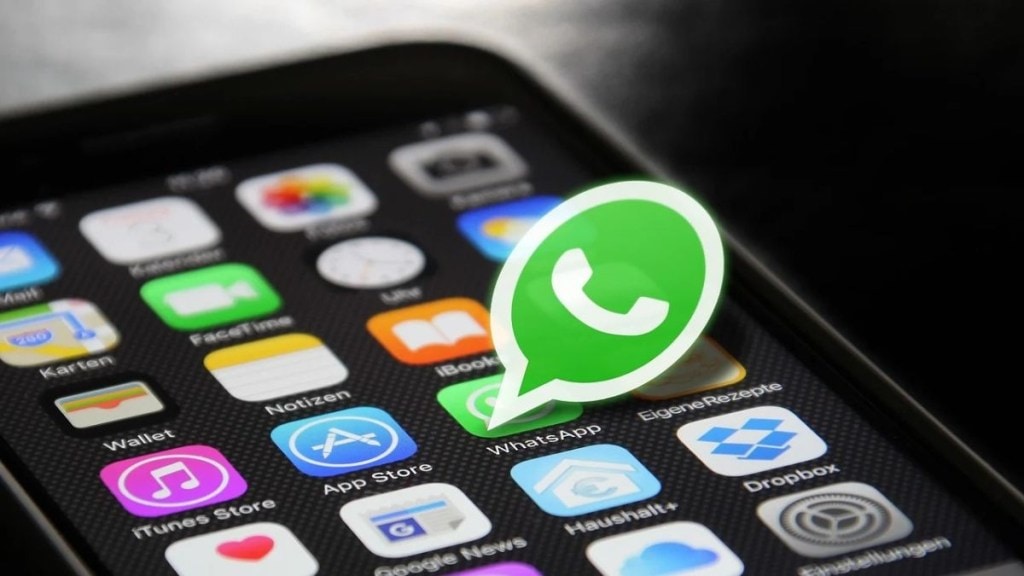WhatsApp has just rolled out a new feature of direct message translations in conversations. The feature is a significant upgrade for the Android users of WhatsApp. Meanwhile the iOS users will get a similar update but a toned-down version of the same. Social Media Platform WhatsApp is, although the biggest instant messaging platform in many countries worldwide. However, the social media app has not been able to bite out a significant chunk of the US market. Most people in the US have been using the iMessage as their instant messaging app.
Therefore, WhatsApp keeps on rolling new updates to encourage users to switch over to their platform. Recently, it launched a very flashy Ad campaign in the US, which had a lot of celebrities. Circling back to the update, the instant message translation feature is aimed at easing out the translation issue Android users faced.
What is the new feature?
WhatsApp users can long-press on any received message to gain a new “Translate” option within the context menu. WhatsApp supports selecting languages to translate to or from, alongside the option to download your regularly-used languages “for future translations.” Everything occurs on-device, rather than in the cloud, in order to ensure WhatsApp can’t see the messages you’re translating. There aren’t any limits to what this tool works on it’ll support DMs, group chats, and updates within joined channels.
Is Android’s translation experience better than iOS?
While this feature will be rolling out to Android and iOS users alike, it’s the former group that gets an enhanced experience. WhatsApp users on Android can enable automatic translation for entire threads, bypassing the one-by-one translation method iOS users will need while also translating new messages within that specific conversation as they roll into your inbox.
However, this is starting out with some pretty limited support. In addition to a “gradual” rollout, on iOS, message translation feature is launching with all of Apple’s 21 app-supported languages. On Android, users only have access to six, including English, Spanish, Hindi, Portuguese, Russian, and Arabic. It’s a relatively small step, but it could help WhatsApp build out its audience in the US among users who routinely communicate with friends or family around the globe.







